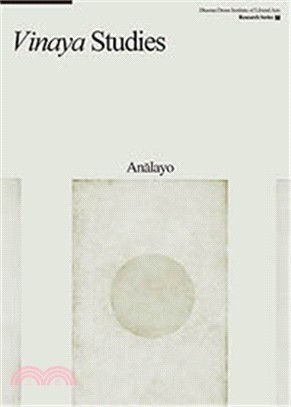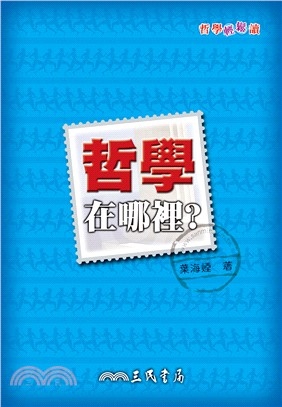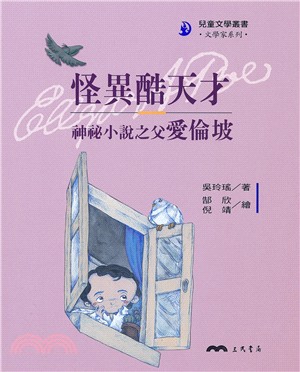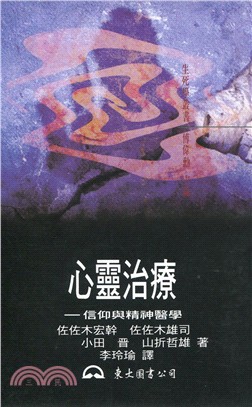再享89折,單本省下45元
商品簡介
There are a few scholars, perhaps in any field, about whom one jokes, "He writes more than I read!" Ven. Analayo is certainly one of those about whom such comments are sometimes made. The sheer volume of his scholarly output is astonishing, but what is much more important, and impressive, is that the quality of this large body of work reaches the very same high level.
The previous volumes in this series of publications deal, serially, with the four collections of Agamas; in the present volume, we are treated to a selection of studies focused on Vinaya literature. Both are areas of inquiry to which Ven. Analayo has contributed fundamentally. (And just to even it out, so to speak, he has certainly not neglected the third of the three sections of the classical canon, the Abhidharma, the origins of which have recently drawn his attention as well.)
It is no doubt far too early to start thinking about evaluating Ven. Analayo's contributions retrospectively. However, it is important and valuable to have his collected contributions on a selection of topics, of which the present volume forms one piece. It is not the purpose of this appreciation to offer either a summary of these contributions, or a critique of the points with which I might not entirely agree. Rather, my purpose here is to reflect for a few moments on the accomplishments of the author, and the significance of his contributions to the field of Buddhist Studies.
Although there have been, naturally, a number of notable exceptions in the roughly 150-year history of modern Buddhist Studies (one may think in the first place of F. Weller or E. Waldschmidt, for instance), it remains the fact that most (non-East Asian) scholars working on South Asian Buddhism, and particularly those focused on so-called Early Buddhism, make scant use of the treasures preserved in Chinese translations. It is often repeated that the - again we are forced to say "so-called" - Theravada traditions have preserved the only intact and complete canon in an Indian language, namely in Pali. While this may be true (in fact, the notion of completeness is much less lucid than it might seem), it is hardly a compelling reason to ignore the invaluable materials preserved in the first place in Chinese.
Ven. Analayo, German by birth, trained and ordained as a monk in the Sri Lankan tradition, also began his studies with a solidly Pali-centric orientation, but he came, over the course of several years, to realize the central importance of Chinese. A long series of publications has introduced, with exquisite philological rigour, the riches preserved in the first place in Chinese translations of Indian Agama texts. In the present volume the emphasis is on the Vinaya. Or rather, we must very carefully and precisely use the plural: the Vinayas, for we have naturally not merely the single Vinaya tradition in Pali, but a number in Chinese, in addition to the Mulasarvastivada Vinaya preserved also in Sanskrit and Tibetan, and consequently paid much more attention by a greater number of (non-East Asian) scholars than those collections preserved only (or almost only) in Chinese.
The Vinaya literature is a vast ocean, the expanses of which have been, so far, rather little explored by modern scholars. Ven. Analayo does not attempt any general synthesis or overall introduction. 1 What he does instead is, without fuss or unduly drawing attention to the fact, study particular problems on the basis of all the relevant evidence. What has first drawn the author's attention to any individual problem is not always easy to discern, but a few patterns are clear, including an ongoing interest in the status of nuns within the Buddhist monastic communities. In several contributions published here, he explores issues related to the order of nuns, the foundation of the order, and proper ordination. This, of course, has a vital present-day aspect, since there continue to be discussions, sometimes quite passionate, about the legality of female monastic ordination in the cases where traditional ordination lineages have died out.
While the real-world implications of questions around the ordination of women are clear and do not require to be emphasized, one of the most characteristic aspects of Ven. Analayo's studies is that seemingly no subject he picks up is treated as if it were a mere historical artefact, dead to today's world. Quite the opposite: he seems always to see the texts as alive and vital, as relevant, either actually or potentially, in the present. All scholarship, when reliable, can be seen as providing bricks, smaller or larger, out of which the larger edifice of knowledge about the past is being built. It may be that in some cases, or in many cases, the scholar who produces the brick in question is actually not quite sure - or may not have even considered the question of - where that brick should fit.
I have the impression that Ven. Analayo always has a large architectural drawing in his mind, that he always has a clear idea of where he thinks his bricks might fit. For this reason, perhaps, a large amount of his scholarly output is fundamental: he offered several years ago, for instance, two gigantic volumes in which he systematically compared the Pali Majjhima-nikaya with its parallels in Chinese, Sanskrit, and Tibetan. His approach to specific issues is the same: he attempts to exhaust the textual (and archaeological, and art-historical) sources, drawing upon all relevant materials. This, not incidentally, has recently been visible also in his concerted efforts to emphasize that exclusive focus on the Agama/ Nikaya corpus on the one hand or the Vinaya corpus on the other can lead to unsatisfactory evaluations of both; only by looking holistically at all sources are we able to make positive steps forward.
The present volume collecting a few contributions on issues related to Vinaya studies, if it (re)introduces the author's efforts to examine this literature scientifically - dispassionately, but with passion, if one may say that - will doubtlessly contribute to an increased appreciation for, and promote engagement with, the literary sources of the Buddhist past, and increase our appreciation for their continued vitality into the present. I am delighted, therefore, to welcome its publication.
Jonathan A. Silk
7 November, 2016
主題書展
更多書展本週66折
您曾經瀏覽過的商品
購物須知
為了保護您的權益,「三民網路書店」提供會員七日商品鑑賞期(收到商品為起始日)。
若要辦理退貨,請在商品鑑賞期內寄回,且商品必須是全新狀態與完整包裝(商品、附件、發票、隨貨贈品等)否則恕不接受退貨。

























